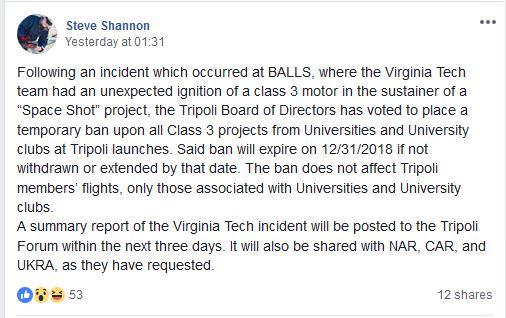blackjack2564
Crazy Jim's Gone Banana's
https://www.wackywillysweb.com/proddetail.php?prod=HP-short19.90mm..
I did not know about firework star presses when I began 5yrs ago down this road. I found "Wacky Willy" pill press, I don't see mine there...10mm version, anymore. [60.00] Shipped in unmarked brown paper...LOL
Star press is more economical & readily available from pyro supply houses.
Use with vise. Dampen with flexible nitro cellulose [used for flexible fuse coating].
I have made a batch with polyester resin, which is what is called for in mil-spec formula here:

Due to such a small amount ...30 grams only needed 2drops of resin with 2-3% curative...I have not been able to duplicate the actual mil-spec version & i'm not about to waste a .lb trying to figure out the scale down.
The pressed nitro ones work perfect if not a tad susceptible to breakage if not handled proper. I can drop on floor they will not break.
I have used acetone also with success, to dampen. Any suggestions, I'm listening.
I was just fortunate enough to get several pounds [before the shipping debacle] of surplus granules to play with. So far [3yrs] they work every time.
Mil-spec file for making pellets:
I did not know about firework star presses when I began 5yrs ago down this road. I found "Wacky Willy" pill press, I don't see mine there...10mm version, anymore. [60.00] Shipped in unmarked brown paper...LOL
Star press is more economical & readily available from pyro supply houses.
Use with vise. Dampen with flexible nitro cellulose [used for flexible fuse coating].
I have made a batch with polyester resin, which is what is called for in mil-spec formula here:

Due to such a small amount ...30 grams only needed 2drops of resin with 2-3% curative...I have not been able to duplicate the actual mil-spec version & i'm not about to waste a .lb trying to figure out the scale down.
The pressed nitro ones work perfect if not a tad susceptible to breakage if not handled proper. I can drop on floor they will not break.
I have used acetone also with success, to dampen. Any suggestions, I'm listening.
I was just fortunate enough to get several pounds [before the shipping debacle] of surplus granules to play with. So far [3yrs] they work every time.
Mil-spec file for making pellets:
Attachments
Last edited:






